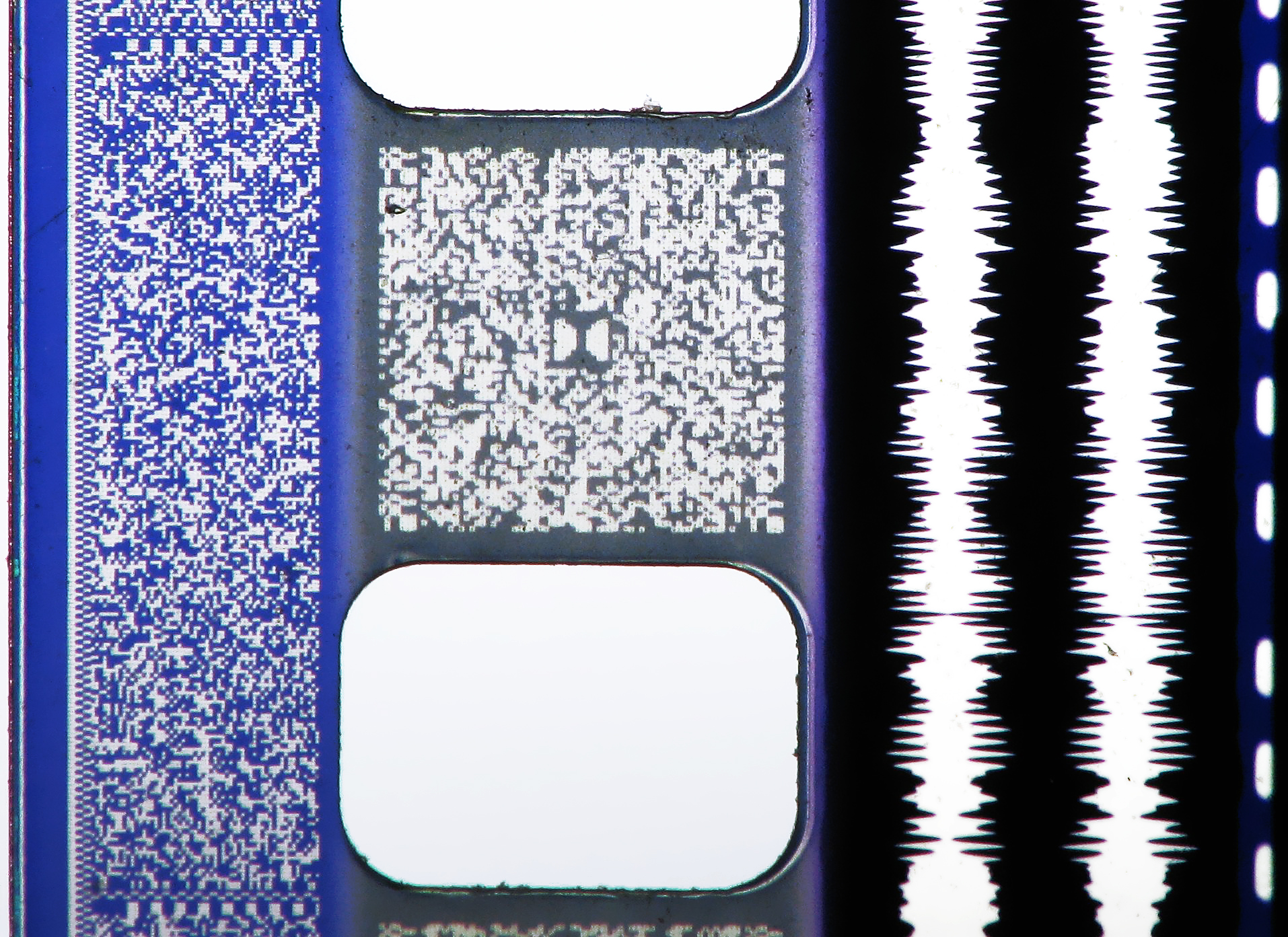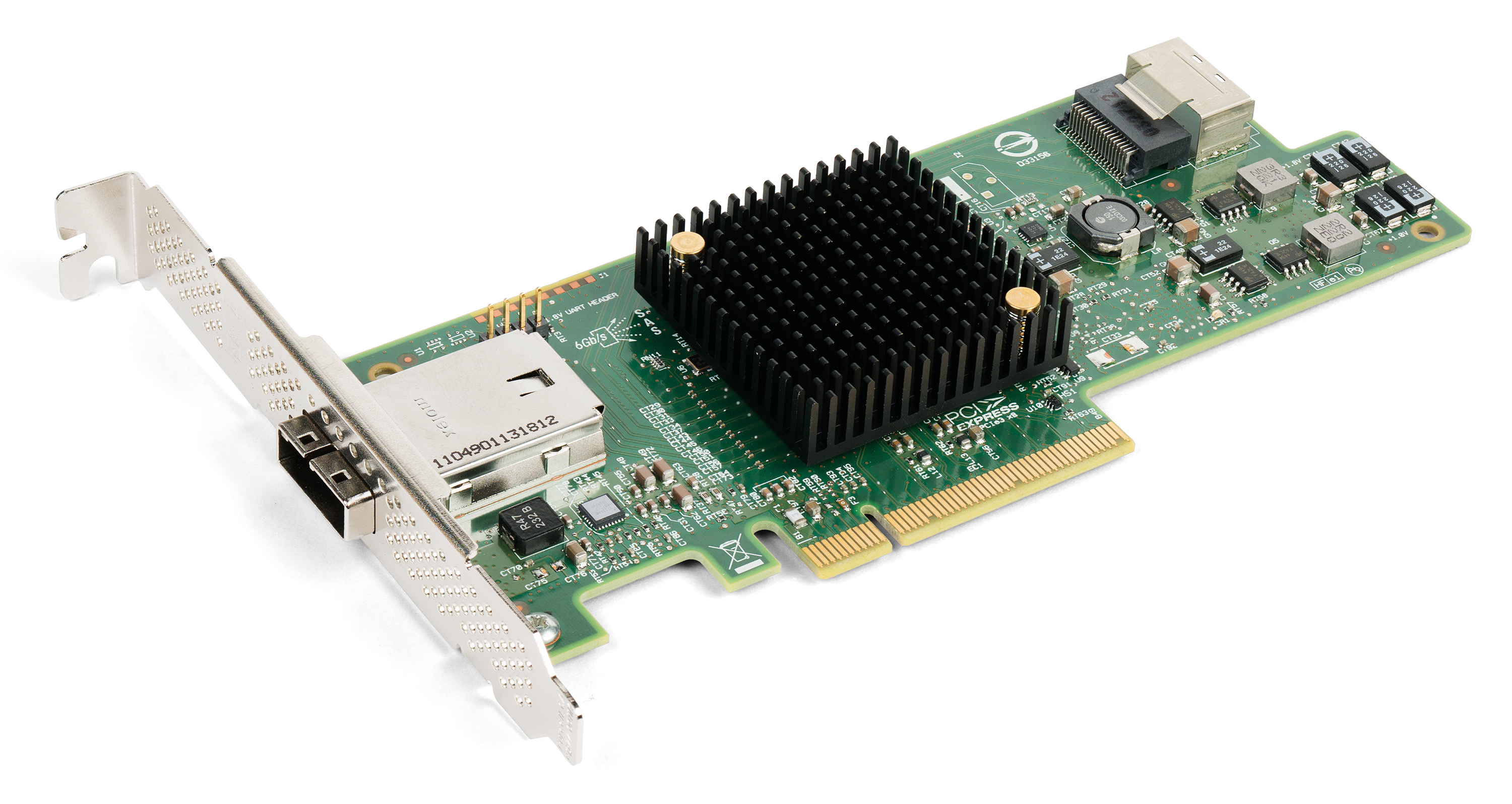|
Auzentech
Auzentech, Inc. was a Korean computer hardware manufacturer that specialized in high-definition audio equipment and in particular PC sound cards. Auzentech has its origins in March 2005, when under the company name HDA (HiTeC Digital Audio), the company launched the X-Mystique 7.1, the first consumer add-in sound card to feature Dolby Digital Live. Initially only a manufacturer, HDA's products were commercialized worldwide by a network of local distributors, including BlueGears as their vendor in the United States. In 2006 the company took distribution into their own hands, ceasing relations with BlueGears, and subsequently changing their brand name to Auzen (a name which originates from "Audio" and "Zen") and their company name to Auzentech. Since that time the company continued to incorporate new sound cards into their lineup in an effort to compete in a market dominated by Creative Labs. Auzentech sought to provide customers with features not present in Creative's sound cards ... [...More Info...] [...Related Items...] OR: [Wikipedia] [Google] [Baidu] |
X-Fi (audio Chip)
E-MU 20K is the commercial name for a line of audio chips by Creative Technology, commercially known as the Sound Blaster X-Fi chipset. The series comprises the E-MU 20K1 (CA20K1) and E-MU 20K2 (CA20K2) audio chips. The 20K1 chip was launched in August 2005, and ever since it has been used in a variety of audio solutions from Creative, and more recently third-party manufacturers, such as Auzentech and Audiotrak. The audio processor on X-Fi was the most powerful at its time of release, offering an extremely robust sample rate conversion (Sample rate conversion, SRC) engine in addition to enhanced internal sound channel routing options and greater 3D audio enhancement capabilities. A significant portion of the audio processing unit was devoted to this resampling engine. The SRC engine was far more capable than previous Creative sound card offerings, a limitation that had been a major thorn in Creative's side. Most digital audio is sampling (signal processing), sampled at 44.1 k ... [...More Info...] [...Related Items...] OR: [Wikipedia] [Google] [Baidu] |
Dolby Digital Live
Dolby Digital, originally synonymous with #Dolby AC-3, Dolby AC-3 (see below), is the name for a family of audio compression (data), audio compression technologies developed by Dolby Laboratories. Called Dolby Stereo Digital until 1995 in film, 1995, it is lossy compression (except for Dolby TrueHD). The first use of Dolby Digital was to provide digital sound in cinemas from 35 mm film prints. It has since also been used for TV broadcast, radio broadcast via satellite, digital video streaming, DVDs, Blu-ray discs and game consoles. Dolby AC-3 was the original version of the Dolby Digital codec. The basis of the Dolby AC-3 multi-channel audio coding standard is the modified discrete cosine transform (MDCT), a lossy audio compression (data), audio compression algorithm. It is a modification of the discrete cosine transform (DCT) algorithm, which was proposed by N. Ahmed, Nasir Ahmed in 1972 for image compression. The DCT was adapted into the MDCT by J.P. Princen, A.W. Johnson ... [...More Info...] [...Related Items...] OR: [Wikipedia] [Google] [Baidu] |
DTS Interactive
DTS, Inc. (originally Digital Theater Systems) is an American company. DTS company makes multichannel audio technologies for film and video. Based in Calabasas, California, the company introduced its DTS technology in 1993 as a competitor to Dolby Laboratories, incorporating DTS in the film ''Jurassic Park'' (1993). The DTS product is used in surround sound formats for both commercial/theatrical and consumer-grade applications. It was known as The Digital Experience until 1995. DTS licenses its technologies to consumer electronics manufacturers. DTS, Inc. was acquired by Tessera Technologies Inc. in December 2016 and combined under the newly created Tessera Holding Corporation. The combined company was renamed to Xperi Corporation in February 2017. History DTS was founded by Terry Beard, an audio engineer and Caltech graduate. Beard, speaking to a friend of a friend, was able to get in touch with Steven Spielberg to audition a remastering of Spielberg's film ''Close Encounters ... [...More Info...] [...Related Items...] OR: [Wikipedia] [Google] [Baidu] |
Sound Card
A sound card (also known as an audio card) is an internal expansion card that provides input and output of audio signals to and from a computer under the control of computer programs. The term ''sound card'' is also applied to external audio interfaces used for professional audio applications. Sound functionality can also be integrated into the motherboard, using components similar to those found on plug-in cards. The integrated sound system is often still referred to as a ''sound card''. Sound processing hardware is also present on modern video cards with HDMI to output sound along with the video using that connector; previously they used a S/PDIF connection to the motherboard or sound card. Typical uses of sound cards or sound card functionality include providing the audio component for multimedia applications such as music composition, editing video or audio, presentation, education and entertainment (games) and video projection. Sound cards are also used for computer-b ... [...More Info...] [...Related Items...] OR: [Wikipedia] [Google] [Baidu] |
Public Company
A public company is a company whose ownership is organized via shares of share capital, stock which are intended to be freely traded on a stock exchange or in over-the-counter (finance), over-the-counter markets. A public (publicly traded) company can be listed on a stock exchange (listing (finance), listed company), which facilitates the trade of shares, or not (unlisted public company). In some jurisdictions, public companies over a certain size must be listed on an exchange. In most cases, public companies are ''private'' enterprises in the ''private'' sector, and "public" emphasizes their reporting and trading on the public markets. Public companies are formed within the legal systems of particular states and so have associations and formal designations, which are distinct and separate in the polity in which they reside. In the United States, for example, a public company is usually a type of corporation, though a corporation need not be a public company. In the United Kin ... [...More Info...] [...Related Items...] OR: [Wikipedia] [Google] [Baidu] |
Analog Audio
Analog recording is a category of techniques used for the recording of analog signals. This enables later playback of the recorded analog audio. Analog audio recording began with mechanical systems such as the phonautograph and phonograph. Later, electronic techniques such as wire recording, wire and tape recorder, tape recording were developed. Analog recording methods store analog signals directly in or on the media. The signal may be stored as a physical texture on a phonograph record, or a fluctuation in the field strength of a magnetic recording. Analog transmission methods use analog signals to distribute audio content. These are in contrast to digital audio where an analog signal is Sampling (signal processing), sampled and Quantization (signal processing), quantized to produce a Digital signal (signal processing), digital signal which is represented, stored and transmitted as discrete numbers. See also * Comparison of analog and digital recording * History of sound re ... [...More Info...] [...Related Items...] OR: [Wikipedia] [Google] [Baidu] |
HDMI
High-Definition Multimedia Interface (HDMI) is a proprietary digital interface used to transmit high-quality video and audio signals between devices. It is commonly used to connect devices such as televisions, computer monitors, projectors, gaming consoles, and personal computers. HDMI supports uncompressed video and either compressed or uncompressed digital audio, allowing a single cable to carry both signals. Introduced in 2003, HDMI largely replaced older analog video standards such as composite video, S-Video, and VGA connector, VGA in consumer electronics. It was developed based on the CEA-861 standard, which was also used with the earlier Digital Visual Interface (DVI). HDMI is electrically compatible with DVI video signals, and adapters allow interoperability between the two without signal conversion or loss of quality. Adapters and active converters are also available for connecting HDMI to other video interfaces, including the older analog formats, as well as digital fo ... [...More Info...] [...Related Items...] OR: [Wikipedia] [Google] [Baidu] |
PCI Express
PCI Express (Peripheral Component Interconnect Express), officially abbreviated as PCIe, is a high-speed standard used to connect hardware components inside computers. It is designed to replace older expansion bus standards such as Peripheral Component Interconnect, PCI, PCI-X and Accelerated Graphics Port, AGP. Developed and maintained by the PCI-SIG (PCI Special Interest Group), PCIe is commonly used to connect graphics cards, sound cards, Wi-Fi and Ethernet adapters, and storage devices such as solid-state drives and hard disk drives. Compared to earlier standards, PCIe supports faster data transfer, uses fewer pins, takes up less space, and allows devices to be added or removed while the computer is running (hot swapping). It also includes better error detection and supports newer features like I/O virtualization for advanced computing needs. PCIe connections are made through "lanes," which are pairs of wires that send and receive data. Devices can use one or more lanes ... [...More Info...] [...Related Items...] OR: [Wikipedia] [Google] [Baidu] |
Conventional PCI
Peripheral Component Interconnect (PCI) is a local computer bus for attaching hardware devices in a computer and is part of the PCI Local Bus standard. The PCI bus supports the functions found on a processor bus but in a standardized format that is independent of any given processor's native bus. Devices connected to the PCI bus appear to a bus master to be connected directly to its own bus and are assigned addresses in the processor's address space. It is a parallel bus, synchronous to a single bus clock. Attached devices can take either the form of an integrated circuit fitted onto the motherboard (called a ''planar device'' in the PCI specification) or an expansion card that fits into a slot. The PCI Local Bus was first implemented in IBM PC compatibles, where it displaced the combination of several slow Industry Standard Architecture (ISA) slots and one fast VESA Local Bus (VLB) slot as the bus configuration. It has subsequently been adopted for other computer type ... [...More Info...] [...Related Items...] OR: [Wikipedia] [Google] [Baidu] |
Bus Mastering
In computing, bus mastering is a feature supported by many bus architectures that enables a device connected to the bus to initiate direct memory access (DMA) transactions. It is also referred to as first-party DMA, in contrast with third-party DMA where a system DMA controller actually does the transfer. Some types of buses allow only one device (typically the CPU, or its proxy) to initiate transactions. Most modern bus architectures, such as PCI, allow multiple devices to bus master because it significantly improves performance for general-purpose operating systems. Some real-time operating systems prohibit peripherals from becoming bus masters, because the scheduler can no longer arbitrate for the bus and hence cannot provide deterministic latency. While bus mastering theoretically allows one peripheral device to directly communicate with another, in practice almost all peripherals master the bus exclusively to perform DMA to main memory. If multiple devices are able to ... [...More Info...] [...Related Items...] OR: [Wikipedia] [Google] [Baidu] |
Digital Signal Processor
A digital signal processor (DSP) is a specialized microprocessor chip, with its architecture optimized for the operational needs of digital signal processing. DSPs are fabricated on metal–oxide–semiconductor (MOS) integrated circuit chips. They are widely used in audio signal processing, telecommunications, digital image processing, radar, sonar and speech recognition systems, and in common consumer electronic devices such as mobile phones, disk drives and high-definition television (HDTV) products. The goal of a DSP is usually to measure, filter or compress continuous real-world analog signals. Most general-purpose microprocessors can also execute digital signal processing algorithms successfully, but may not be able to keep up with such processing continuously in real-time. Also, dedicated DSPs usually have better power efficiency, thus they are more suitable in portable devices such as mobile phones because of power consumption constraints. DSPs often use special m ... [...More Info...] [...Related Items...] OR: [Wikipedia] [Google] [Baidu] |




